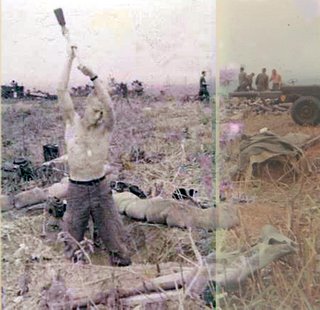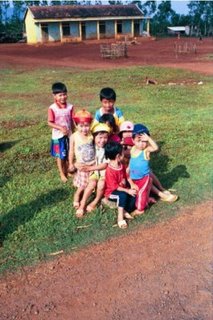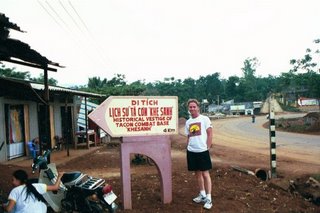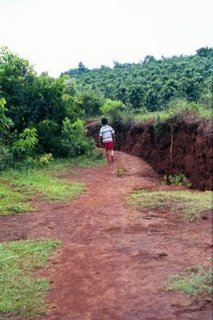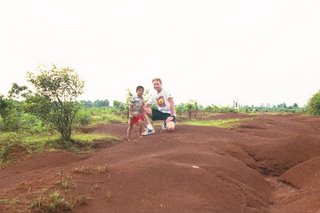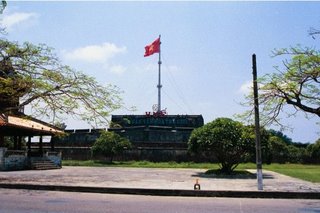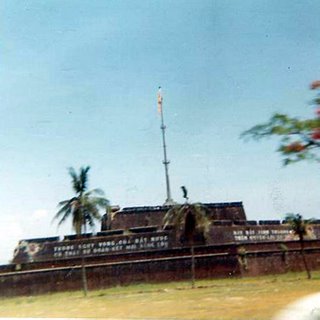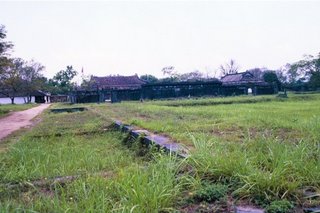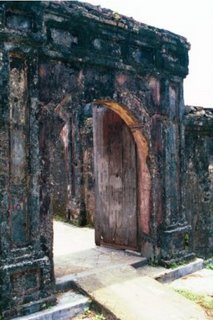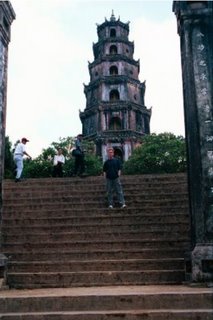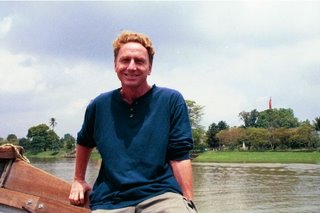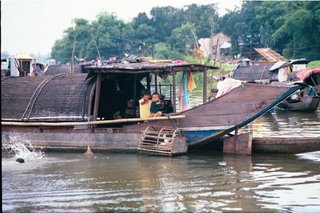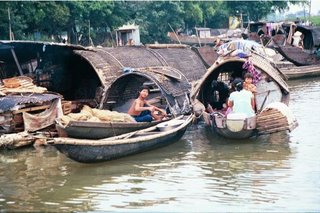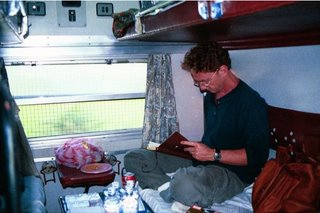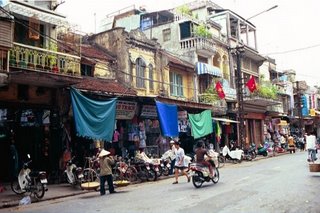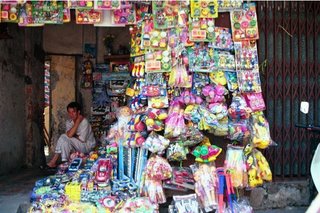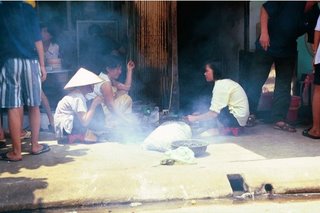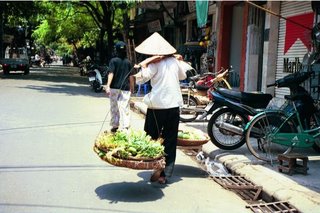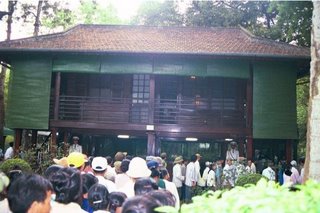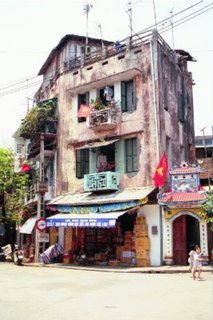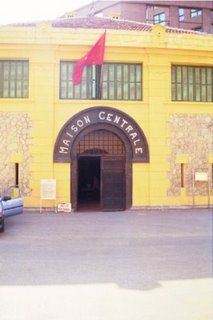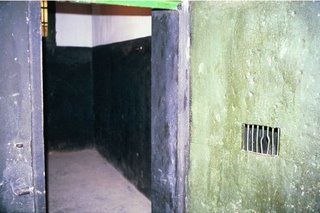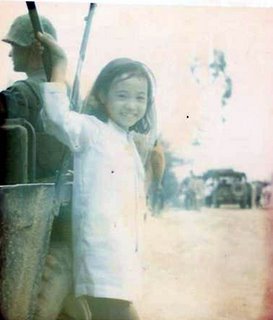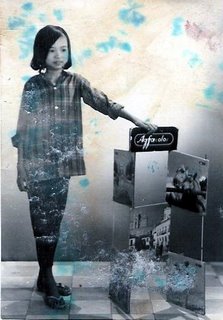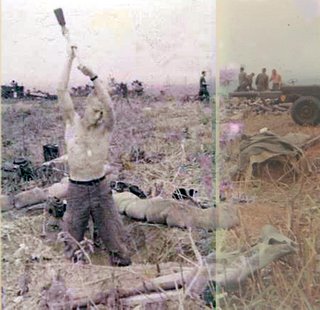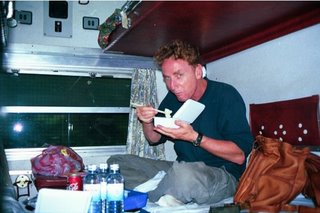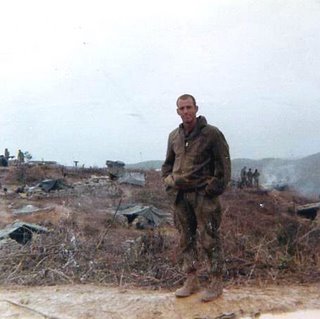
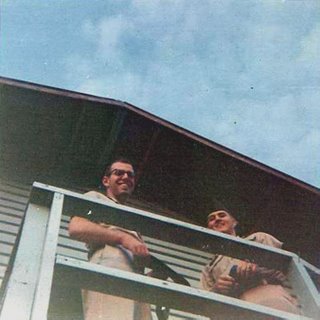

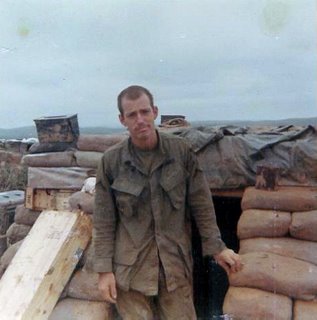
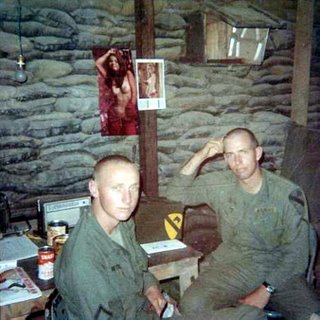
This is not a war story. It is about Vietnam its people and the 31 years separating my two visits to the country. However there is one war death I must discuss.
Steve would not be happy with his full name being used as the title of this post. As proud as he was of his family and heritage he did not see himself publicly as a “Steven” and certainly not as a “Francis”. He was to be Steve, nothing more. But I would tell all his story if I could; every minute detail of his short 20 years.
Steve was born in Maui the only son of Portuguese descent Hawaiians who in the mid 50’s moved to Southern California for better jobs. We first met in high school when I pledged and made a club Steve was already in. We became great friends and afterward, he told me the truth about my pledging. I had only one “ding” (no vote), making the club easily (three dings and you didn’t get in.) That one vote came from Steve.
Steve was a tough guy with a big heart. He could and did handle himself well in the inevitable high school fights but would also do whatever he could to help his friends. He also stuttered, at times so bad you didn’t think he would be able to complete his thought. But that was just a part of Steve and after awhile, not something I noticed.
We went off to Long Beach City College after high school, in part because we would not have been able to get in anywhere else given our grades, in part because we assumed we wanted our student deferments due to the war and in part because we didn’t know what else to do.
One day in the spring of our freshman year, I ran into Steve during a break and after talking awhile he said he wasn’t doing well in school and planned to join the Marines. I told him he’d be crazy to do that given the war but since I wasn’t any more enthused about school than him, I would quit too and we’d find something to join. We talked awhile longer and as we did Ron, Tom and ultimately Dave, all friends from high school, in Ron’s case junior high and for Tom and I, 6th grade, joined us deciding on the spot to quit as well so we could all join “something”. The question was, join what?
The Air Force and Navy were out because they were not rugged enough for Steve and because they were four years. At least we had some small nano particle of sense that told us four years was too long. That left the Army for three years as long as, we all agreed, we went into one of the combat arms.
So with not much more deliberation than that including no discussion with our parents, the five of went down to a recruiter and signed up on the delayed enlistment program so we could at least complete the one year of college before leaving June 27, 1967 for basic training. On December 7 of that year four of us (Dave came over a few months later) were in Vietnam and six months to the day after, Steve was dead, the victim of a B40 rocket attack that took off the side of his face as he lay sleeping on the ground.
It is now 32 years later and I can honestly say Steve is as present in my mind as he was then. Each July 4th I visit his grave along with that of his mother who died of brain cancer at 50, thinking about the seemingly random gyroscope turns that is all our lives. That only comes with age. When we were 20 we were invincible, indestructible and would live forever. There was nothing random about it; we could handle anything and were in control until on June the 7th, 1967 we discovered we weren’t. All of us that is except Steve who will forever remain the boy/man we all had been the day before.
As strange as it may seem, I no longer have regrets about Steve’s death and do not blame the VC or NVA soldier who fired the rocket that killed him that June night. Whoever that was was doing no more than we and may be somewhere today missing some long dead friend, also never forgotten.
Commandos forever Steve!




